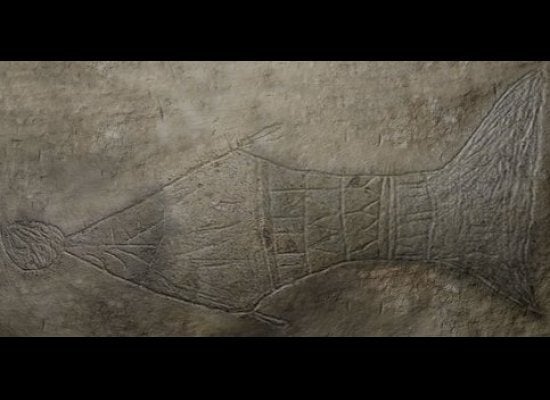Archaeologists in northern Italy have unearthed the skeleton of a teenage girl who lived there hundreds of years ago. The skeleton itself is unremarkable, but its unusual face-down position in the grave has some calling the child a "witch girl."
The skeleton has yet to be radiocarbon-dated but is believed to be from late antiquity or the early Middle Ages.
(Story continues below.)
The skeleton -- believed to be that of a 13-year-old -- was unearthed by a team from the Pontifical Institute of Christian Archaeology near a church built on the site of a burial ground in the town of Albenga. The archaeologists said the prone burial may have been intended to punish the girl, perhaps because she had committed a heinous crime.
“These rare [prone] burials are explained as an act of punishment. What the dead had done was not accepted by the community,” excavation director Stefano Roascio told Discovery News.
Face-down burials could be "a treatment used for murderers and thieves," Roascio told the Italian newspaper Il Secolo XIX. Another possibility is that the girl was buried that way out of a superstitious belief that it would prevent her from being resurrected, or coming back to haunt the living as a spirit.
Though rare, such "deviant burials" are not unheard of.
In a 2009 study, researchers in Sweden found that shaming the dead by burying them face-down has been customary in many societies around the world, with some examples possibly dating back around 26,000 years.
But the "witch girl" is unique, according to Elena Dellú, an anthropologist on the excavation team.
“It is really a one of a kind finding,” Dellú told Il Secolo XIX. “What is so jaw-dropping is the fact that this person had been buried at the church, a place that is not reserved for those who would be punished."

